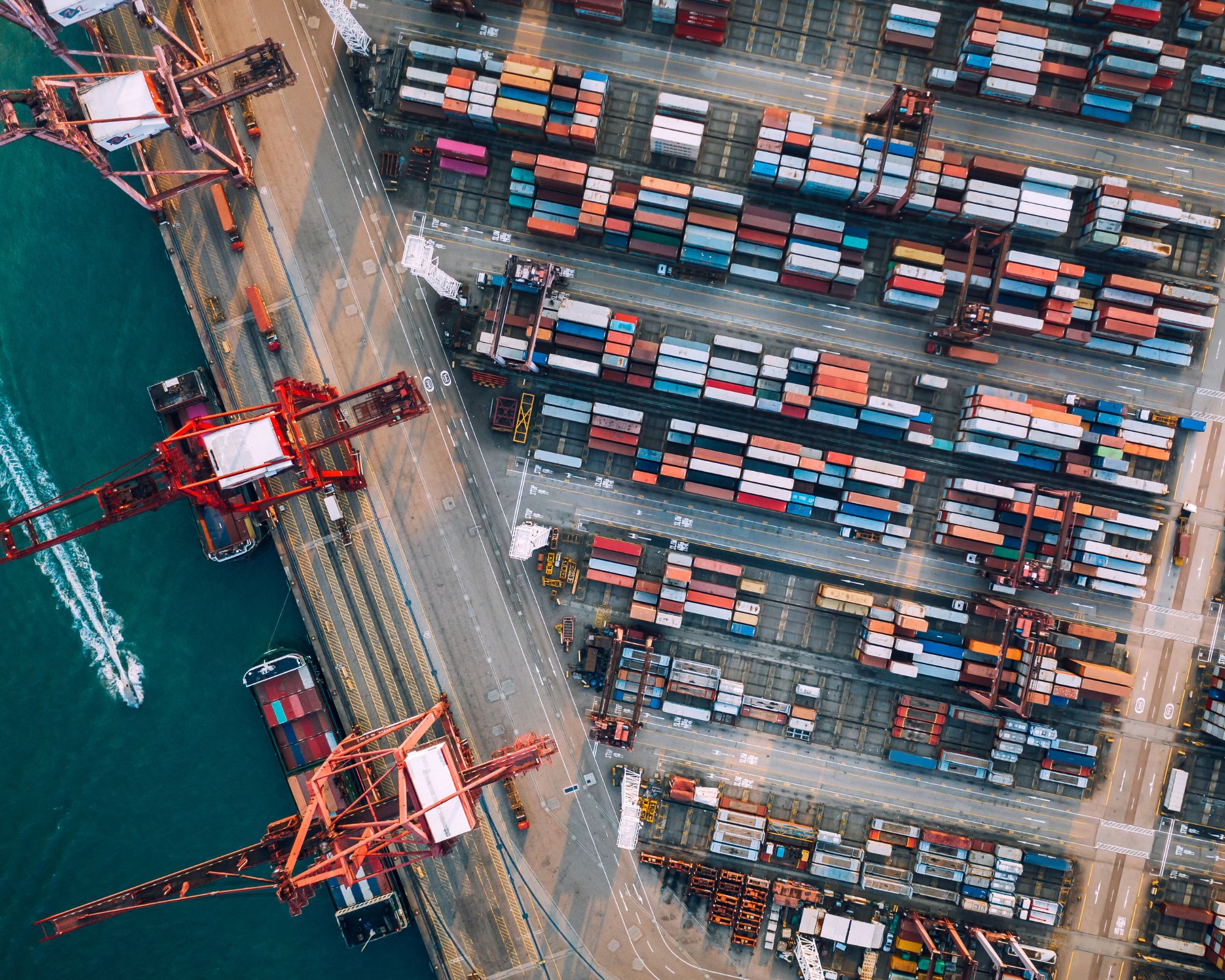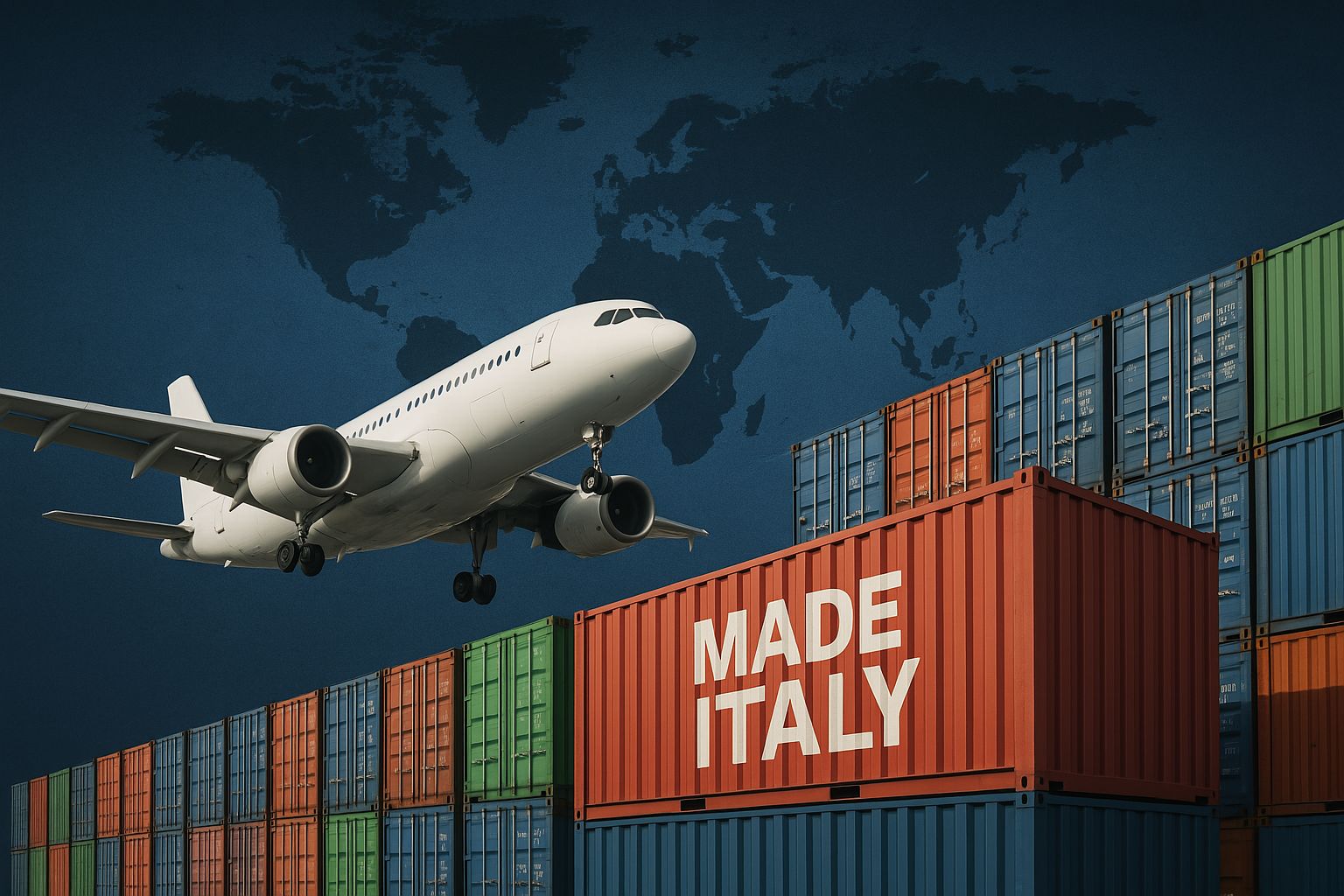We all know that China’s exports have been the brightest among all countries during the last years. Even during the pandemic and this troubled geopolitical scenario its exports were very strong, reaching a remarkable +14.2% in the first months of 2022.
However, economists are worried that China may have reached the end of this lucky period, partly due to the contraction of American and European economies. Since China quickly exports all its surpluses to reduce its large production, this contraction means that other nations won’t be able to purchase from the country, leaving it with surpluses that must be balanced. But how? Reducing the gap between domestic savings and investment, and this requires either that investment rises, or that domestic savings fall. An unpleasant way to decrease domestic savings is rising Chinese unemployment, which is highly likely if the exports plunge. But there are other ways, like allowing local manufacturers to shift from exports to internal sales for domestic consumption. But in order to increase domestic consumption there should be major household debts (which authorities always tried to discourage) or distributing income to ordinary households, which was tried by Beijing, but with little success. Unfortunately, these are literally the only ways in which China can balance a contraction in its trade surplus.
All of this highlights that, even if it’s one of the most powerful economies all over the world, the Chinese economy is extremely vulnerable to external disruptions. But the good news is that the government can be forced to focus on domestic consumption, often forgotten.
Contact us for further details!
✅ Edited by Shanice from the UK office of Pangea Studio Associato
📧 info@studio-pangea.com
📞 06-87155256 – to speak with us select “English” and “London”.



